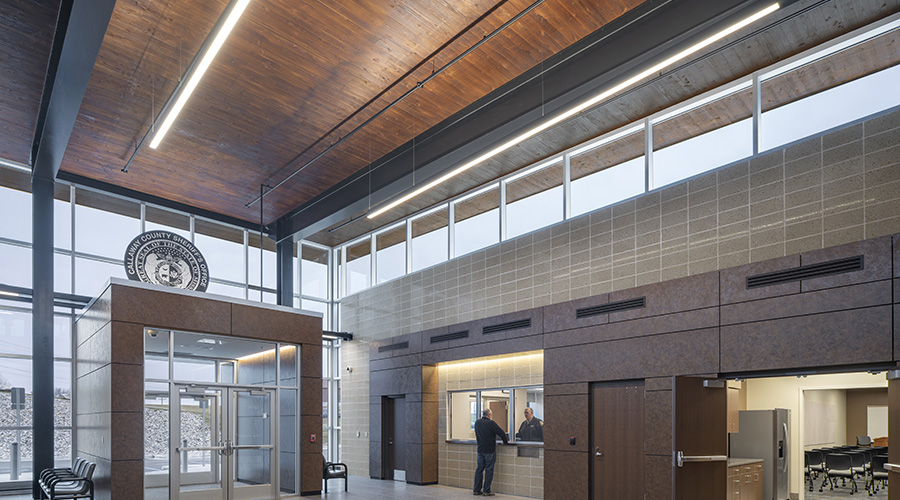Test Access Control Hardware, Software To Ensure Compatibility
4. Choosing components that don't work together or are incomplete. While facility managers would not knowingly choose access control hardware and software that don't work well together, this can be the result if they don't take the time to review the systems, and test them together. For instance, George has seen instances in which the mechanical hardware on a door doesn't align with the electronic access control system. Then, once the door is mechanically locked, even a properly functioning access control system won't be able to open it. "This seems really basic, but this kind of thing happens with some regularity," he says.
Sometimes facility managers retain a key cylinder on a door with an electronic card reader. This allows an individual to bypass the card reading system with a key, thus destroying the audit system, Pisciotta points out. "If you put in an access control system, but ignore the brass keys, you've made a major mistake."
Of course, a facility still needs a backup system in case the card system fails. One way to handle this, yet not make it easy for individuals to bypass the system, is by installing new key cylinders when a new card system is implemented, Pisciotta says. Then, the new keys should be given only to the individuals that truly need them. This provides redundancy, without potentially undermining the electronic access system.
Another mistake is failing to include all the components required to create a solid access control system. For instance, installing card access technology alone on a door creates an electronic locking system, but won't let you know if, for instance, the door has been forced or propped open, Pisciotta points out. That requires a door monitoring sensor.
Another area to watch is the interface between the access control system and the corporate network. Gouin points out that many access control systems rely on a company's network to transmit data. Some access control systems may not work effectively with the corporate network, or may strain network capacity, making data transmission more difficult. "There are a million questions that need to be answered before you purchase equipment," Gouin says.
5. Forgetting about the access control system. Even once an access control system is installed, some work continues. Ensuring a viable, working system requires regular testing and maintenance. "It's a mistake to think you can buy an access control system and your work is done. Someone needs to own it and run it," Wood says.
Ahrens points out that access control systems inevitably degrade over time. Failing to maintain and monitor them only increases liability and maintenance costs over time.
Karen Kroll, a contributing editor for Building Operating Management, is a freelance writer who has written extensively about real estate and facility issues.
Related Topics:













